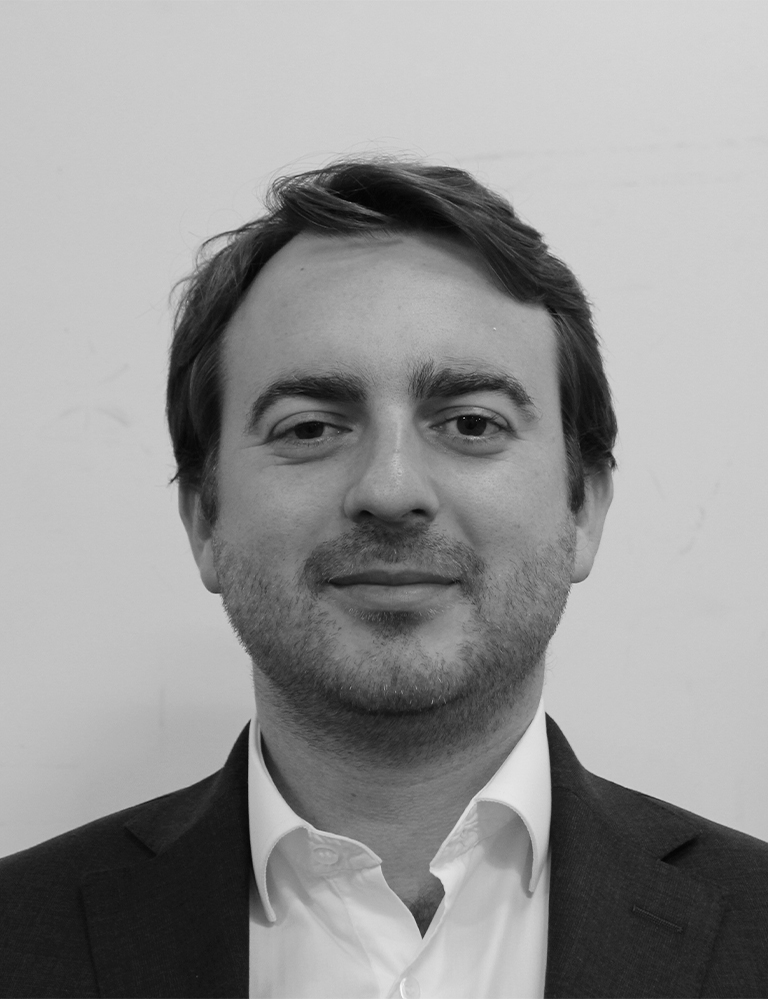Healthcare: designing a human-centric solution significantly improves take-up
Reading time: 3 min
Axians has developed a remote monitoring solution for patients with chronic illnesses, combining the latest technology with human-centric design.

Developing a project in the healthcare sector is always exciting, especially when it brings innovations that have a significant impact on the end users, the patients.
In 2021, the VINCI Energies ICT brand, Axians, launched the development of a solution for sensor-based remote monitoring of a range of parameters such as heart rate, oxygen saturation and body temperature.
The aim is to more effectively track changes in patients with chronic heart and lung problems, and those affected by COVID‑19, and anticipate any worsening of their condition.
These illnesses have an enormous impact on people’s lives, and on the economy, because they result in hospitalisations, expensive treatments, a deterioration in living conditions, and in the worst cases, even death.
User-centric
The Axians team, which includes software engineers, IoT specialists, data scientists and designers, adopted a human-centric approach in the design of this new tool, taking care to ensure it meets the needs of patients and healthcare professionals.
They began the project by visiting a healthcare setting in Portugal where some of the patients were already being remotely monitored in their homes. The exchange and collection of data from doctors and nurses are invaluable in understanding how they manage hospital-at-home care for their patients.
Interviews with team members’ friends and relatives living with this type of disease provided a clearer understanding of the patients’ point of view.
Rapid ideation
With this empathetic phase, Axians was determined to transform all the information collected into insights, which were constantly discussed and approved with the customer. During this period, intangible design principles were identified, such as trust, simplicity and positive mood.
The solution is already being used by patients and doctors
There then followed an exploration of the different design options through rapid ideation cycles with prototypes submitted for customer approval. It became clear that a prototype is worth a thousand meetings. This process was instrumental in matching up different stakeholder requirements to ensure that the solution would be accepted before a single line of code was written.
While the design and prototyping were in progress, Axians was also working to create the solution’s visual universe. The team explored various options in connection with users’ cognitive processes and the communication style, which needed to be caring and emotional while leaving no possibility for doubt or error when using the solution.
Fluid adoption
The transition to the development phase was fluid and effective, because the UX design, business analysis, technical and development teams had all worked closely together throughout the prototype approval stages and development process.
The solution, which started out as an MVP [minimum viable product] and was developed using agile methodology, is already being used by patients and doctors in several hospitals.
06/16/2025



